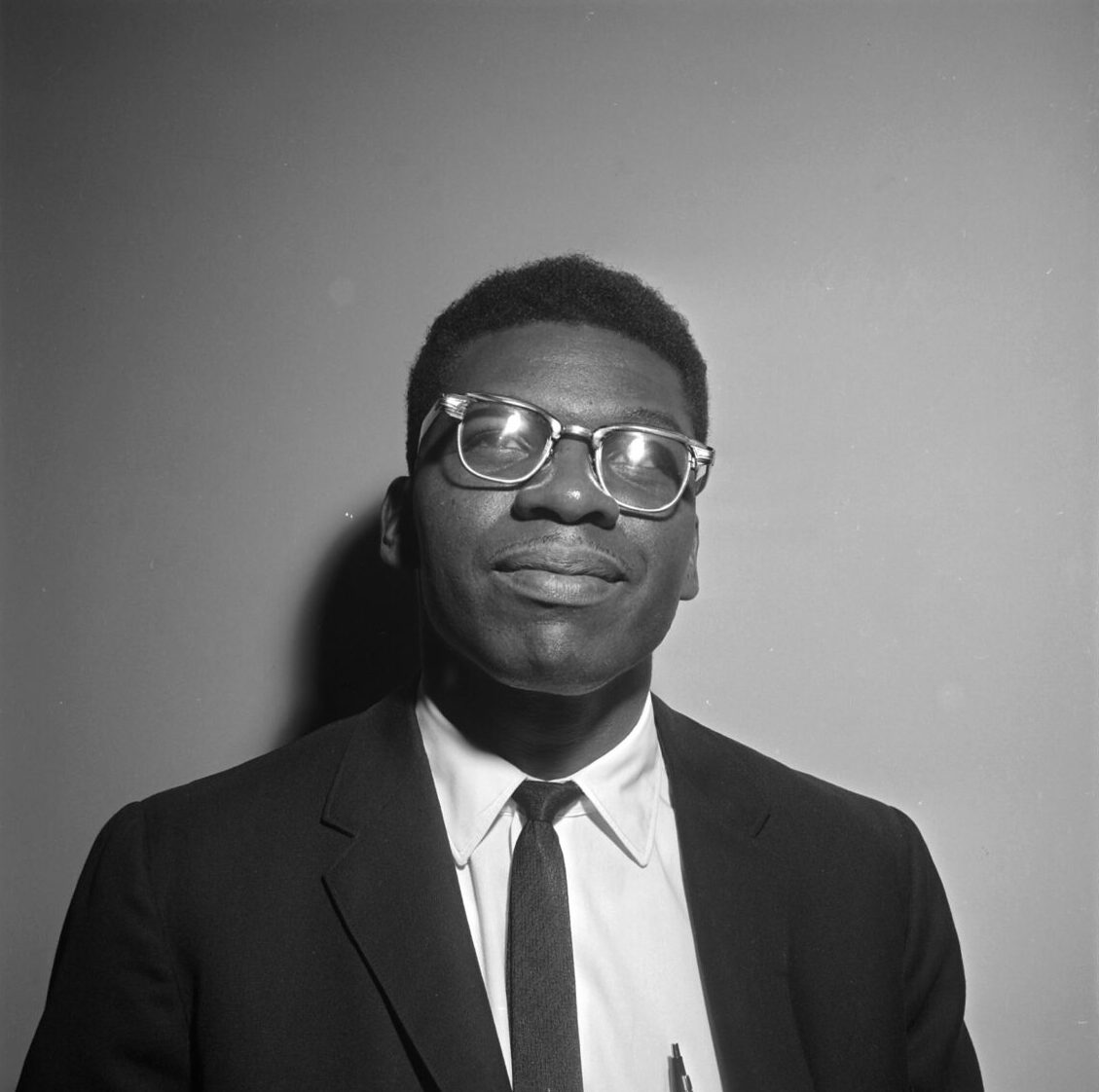Johnie Driver is one of the few non-violent civil rights activists to emerge in Utah in the 1960s. Yet, even to this day, very little is known about him beyond the fact that he was President of the Salt Lake Branch of the National Association for the Advancement of Color People (NAACP).
The only information available on him is from 1965 to 1967 when, while serving as President of the NAACP Salt Lake Branch, he would meet weekly with members of the Calvary Baptist and Trinity African Methodist Episcopal AME), the state’s oldest African American church. Trinity, by the 1960s, had become the unofficial headquarters for the local branch of the NAACP as the organization’s members met for prayer and then addressed discrimination in local schools, voting, bussing, and blatant racism that the small Black population regularly faced.
Blacks in Utah resided in a state well known for bigotry. It was called by locals “the eleventh Southern state” because of the treatment of African Americans and other people of color. Much of that bigotry stemmed from the unofficial church for the state, Church of Jesus Christ of Latter-day Saints (LDS). Its adherents, widely known as Mormons, practiced discrimination based on the church’s theology, rationalizing racism through its refusal to sanction priesthood to its Black male members until 1978. Thus, unlike other states where racism was practiced but not officially condoned by major church leaders, the hierarchy of the LDS Church officially sanctioned discrimination against African Americans.
Against that backdrop, Driver, as leader of the Salt Lake NAACP, called on the LDS church to cease sending its missionaries to Black Africa and to other nations in the Caribbean and Latin America that had significant Black populations.
Driver organized protests, boycotts, and prayer marches in Salt Lake City, an effort that was intensified following the assassination of Malcolm X, former Nation of Islam leader (NOI), in 1965. Testing the effectiveness of the Voting Rights Act passed in August 1965, he led Black and White protestors from Salt Lake City to join other protestors in Mississippi. While there, he observed and began documenting a white girl drinking from a formerly segregated “colored” water fountain. He took out his camera and began photographing the scene and was brutally beaten by a mob for his actions. After that incident, the Driver disappeared from the public record.
Johnie Driver and his leadership with the NAACP paved the way for eventual changes in LDS policy. In 1978, the Black Priesthood ban was lifted. Soon afterward, with the support of central LDS leadership, African Americans became more active and prominent in the Church. By 2009, Joseph Wafula Sitati, originally from Kenya, was the first man of African descent to join the First Quorum of the Seventy, the highest-ranking leadership group in the LDS Church. Three years later, in 2012, Mia Love, a Haitian-born convert to the LDS church, was elected to represent Utah’s 4th Congressional District, becoming the first Black Republican woman elected to the U.S. Congress in the 21st Century.

